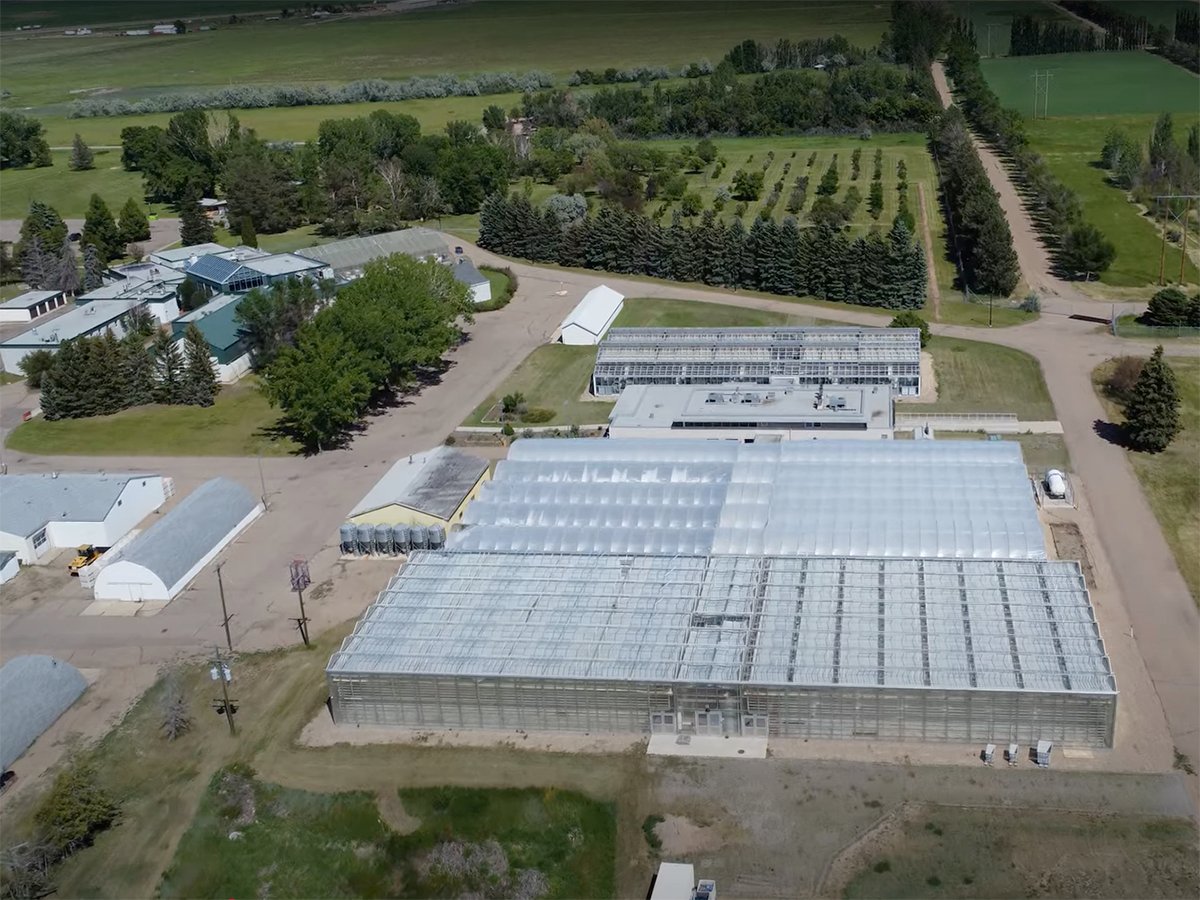LACOMBE, Alta. (Staff) – In an era of specialization in agriculture, plant breeders must find strains that not only resist disease but meet highly specific demands from the food processing and livestock industries.
Those are some of the challenges facing the Alberta Centre for Barley Research at Lacombe.
Established in 1993 under a provincial-federal agreement, various breeding programs throughout the province, including Agriculture Canada and the crop research section of Alberta Agriculture, were amalgamated. The Lethbridge and Beaverlodge programs were closed and the researchers transferred to Lacombe in central Alberta.
Read Also

Alberta crop diversification centres receive funding
$5.2 million of provincial funding pumped into crop diversity research centres
One of the main goals is to develop feed barley varieties with improved levels of protein and digestible energy for animals. The results are varieties like Condor, a hulless barley and a new six-row, early maturing, high yielding semi-dwarf variety called Kasota.
Evaluations of barley lines for whole plant silage are also under way along with improved malting varieties for brewmasters.
A new breed
These feed barley varieties from the Alberta barley
development program were designed to improve protein
levels and digestible energy for animals.
Variety registered characteristics
Empress 1982 6-row
Abee 1982 2-row, high-yielding
Samson 1985 6-row semi-dwarf
Noble 1987 6-row
Condor 1988 2-row hulless, high energy, low fibre feed
Falcon 1992 6-row hulless semi-dwarf
Tukwa 1992 6-row semi dwarf, lodging resistant
Seebe 1992 2-row, high scald resistance
Phoenix 1993 2-row hulless, high yielding
Kasota 1994 6-row semi-dwarf, early maturing
Source: Alberta Centre for Barley Research














